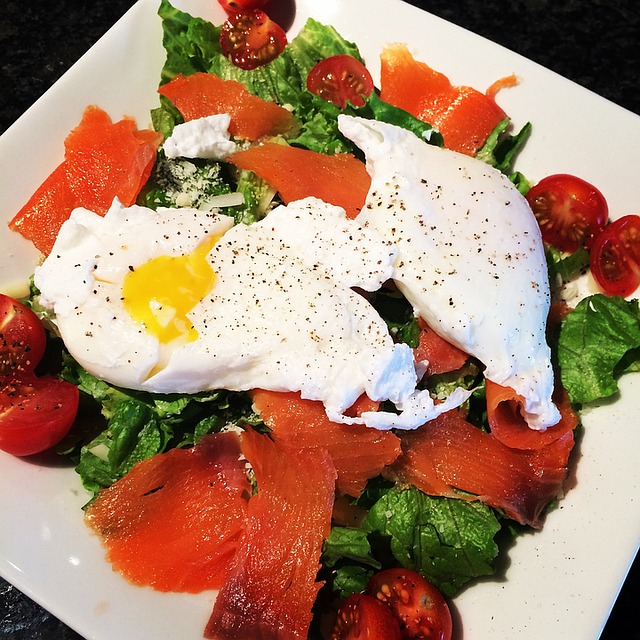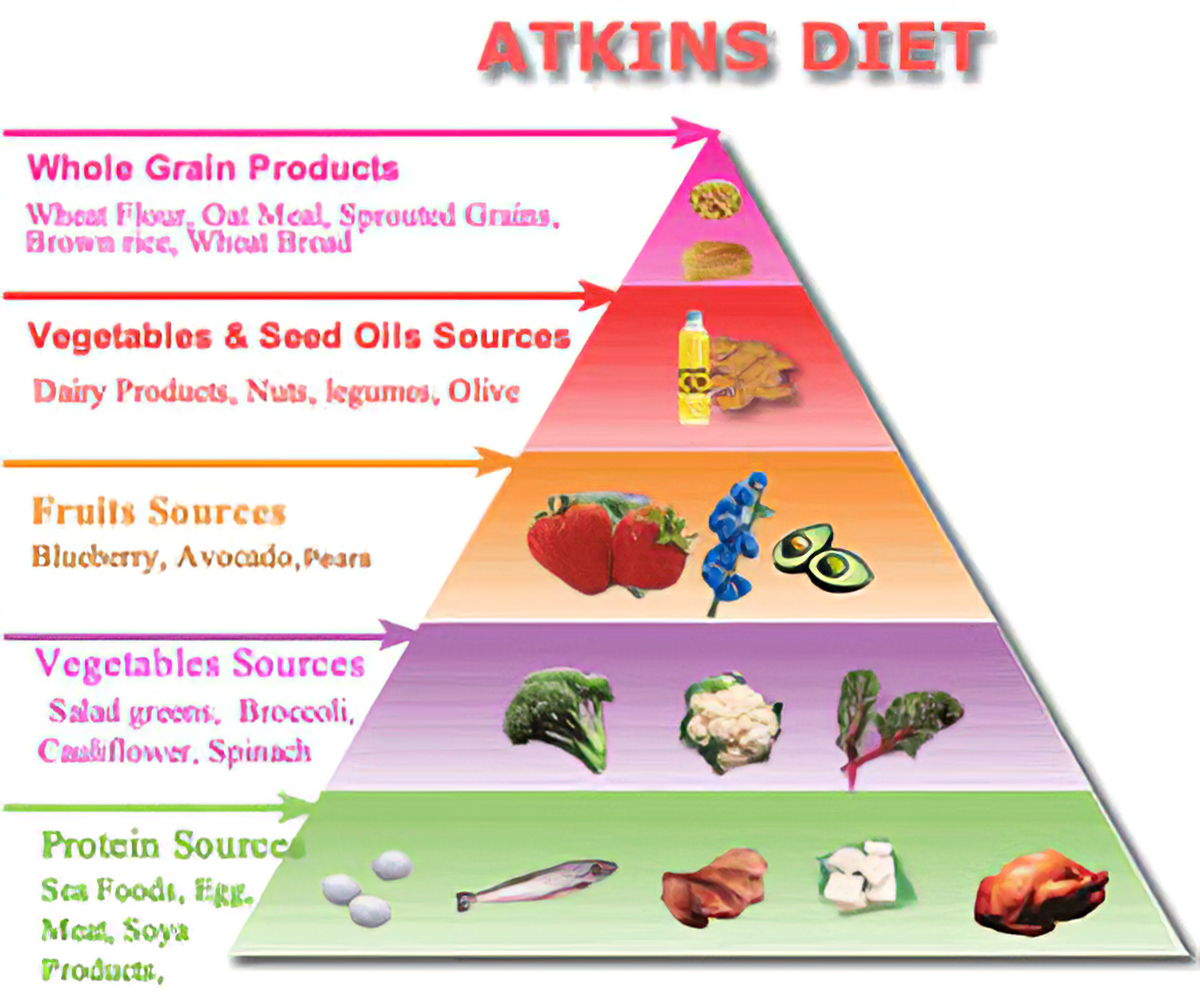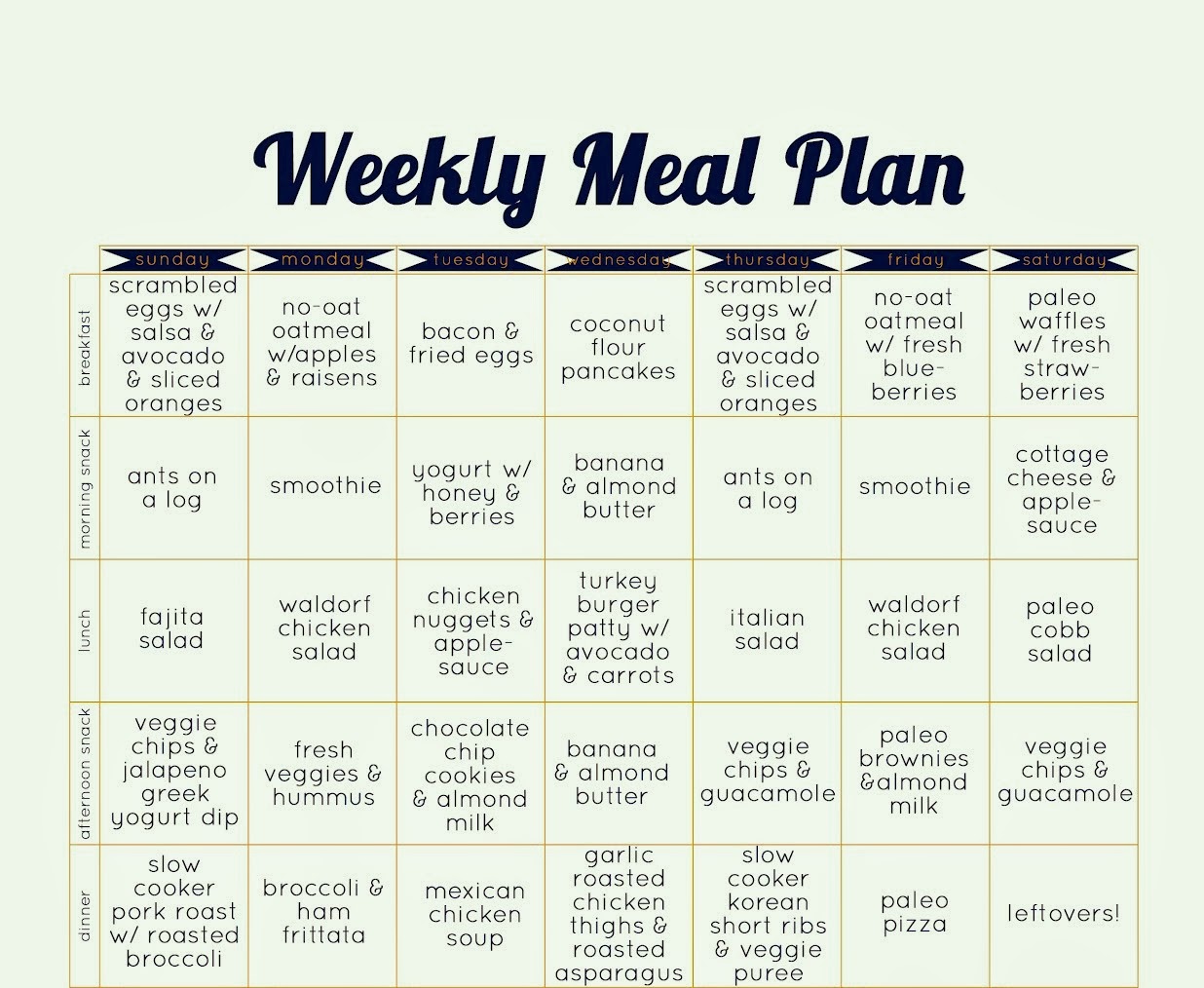
The Paleo Diet, which is low in carbs, is not right for everyone. Many old diet and nutrition myths still hold true to doctors' offices. This diet has many benefits. Learn more about the health-promoting benefits of Paleo. The best diet for you depends on your individual health needs. Read this article before you start a low carb diet. These are the most common questions I receive.
Inflammation is reduced
Paleo was developed with one goal in mind: To reduce inflammation in the body. These conversations usually revolve around questions about foods and nutrients that may trigger inflammation. One of the most important nutrients that people track is carbohydrates. Low-carb diets are highly effective in reducing inflammation. What makes a low carb diet anti-inflammatory, you ask? These are some tips to help you reduce carb intake and reap the benefits of a low carb diet.
The Paleo diet offers many benefits but there is not enough research to prove its effectiveness for Hashimoto’s patients. For the best possible treatment, you should consult your doctor. Research has shown that the diet is effective in managing chronic illnesses like Crohn's disease and ulcerative colitis. There is some evidence that the diet is effective in managing Crohn’s disease, ulcerative bowel disease, and rheumatoid joint diseases. However, more research is needed.
Triglycerides

Although Paleo Diet has been promoted to help with weight loss, it is not as effective as it seems. Studies have shown that low-carb diets increase cholesterol levels and triglycerides. Other studies also show that these diets are good for your heart health. Triglycerides (fat-based energy) are stored in fat cell cells and are fat-based.
Triglycerides make up the majority of body fat. They are made by converting calorie intake into fatty acids. These are stored as fat cells and released when they are needed. Excessive triglycerides, known as hypertriglyceridemia, can cause adverse effects on the cardiovascular system. A low-carb diet can help lower triglycerides.
A study found that people who ate high-fat, low carb diets had significant lower triglycerides. Their total cholesterol levels fell by 13%. This low-carb diet was safe for obese and overweight people, and in this study, the participants lost a mean of 10 pounds while experiencing no adverse side effects. Overweight adults were subject to a 24-week-long ketogenic diet. Results showed lower levels for triglycerides. They also had a lower body weight and BMI. There was also a significant improvement in blood glucose and LDL.
Blood pressure
Many Paleo fans are worried about the negative effects of low-carb eating habits on blood pressure. A healthy diet can reduce blood pressure by lowering cortisol levels, replacing processed foods with whole foods. Orthostatic hypertension is not caused by a low-carbohydrate diet, which many people are concerned about. Here are some tips for lowering blood pressure when eating Paleo.

One study suggests that low-carb dieting is more effective in treating high bloodpressure than traditional weight-loss strategies. While this study isn't conclusive it is important to note that it has been shown that low-carb diets can lower blood pressure and not cause significant weight loss. Paleo diets can improve glucose tolerance and insulin production, lipid profiles, cholesterol levels, and even improve cholesterol. The Paleo diet allows for moderate weight loss, which can help reduce the risk of high bloodpressure and obesity. It also improves glucose tolerance.
Weight
The paleo diet isn't new. It has been around for decades but it gained popularity in the 2000s when athletes and crossfitters began to use it to fuel their performances. Many food companies offer paleo-friendly products today. But what exactly does it do? What does it do for your body and mind? How can it help me lose weight? Find out more. This article will examine the benefits and drawbacks to a paleo diet.
A mixed-carb and fat meal triggers reward circuits in the brain. If carbs and fat are mixed together, the insulin response increases more than usual, which causes the body's ability to store more fat. This combination makes it easy for people to gain weight. This problem can be combated by cutting down on sugar, grains and harmful vegetable oil consumption. Instead, focus on whole foods and less processed food.
FAQ
Do I need to go to culinary school to be a chef?
No. No. Many chefs began their careers learning by themselves. Some even went to culinary school just to gain experience. But most chefs prefer culinary school as it offers them more opportunities for learning and growth. Culinary schools provide hands-on training that helps students develop valuable skills and enhance their culinary knowledge.
How can leftovers be stored in the most efficient way?
Leftovers are usually stored in Tupperware containers. These containers protect food from spoilage and keep it fresh. They also keep foods warm longer. Freezer bags can be used to freeze any leftover food. When freezing food, place the bag inside another freezer bag so that air doesn't escape. After the food is frozen, place it in a sealed container like a ziplock bag.
How long does it take to become chef? What is the average career track?
The average time it takes to become a chef is five years. You will learn basic cooking techniques, and get experience as a chef assistant. Once you have completed your training, you may apply for executive, sous, and line chef positions. A chef can earn between $25,000 and $60,000 annually.
How much does culinary school cost?
The costs of culinary school can vary depending on where and how long it takes. The average tuition cost is $10,000-$30,000 annually. Students graduate with approximately $20,000 of debt. Some programs offer scholarships, grants, or work-study opportunities.
Statistics
- under 10 Kids have been taught that there is special food just for them, and Fiese says that 10 percent of kids will throw a tantrum if they don't get the food they want. (washingtonpost.com)
- The median pay for a chef or head cook is $53,380 per year or $25.66/hour, according to the U.S. Bureau of Labor Statistics (BLS). (learnhowtobecome.org)
- According to the BLS, chefs earn $58,740 a year. (learnhowtobecome.org)
External Links
How To
How to cook a Steak
The thickness of any meat will dictate the cooking method. Thicker steaks cook best at low heat. Thicker steaks require higher temperatures.
Don't overcook them as they will lose flavor. Make sure to remove the steaks from the pan after it is done. This will help you avoid burning your skin.
Cooking time will depend on the size of your steak and the desired level of doneness. Here are some guidelines:
Medium Rare: Cook the meat until it reaches medium rare (63°C). This should take between 3 and 5 min per side.
Medium: Cook to medium (or until the internal temperature reaches 160degF/71degC). This takes approximately 6 minutes per side.
You are done when the internal temperatures reach 180°F (82°C). This usually requires 8 to 12 minutes per side.